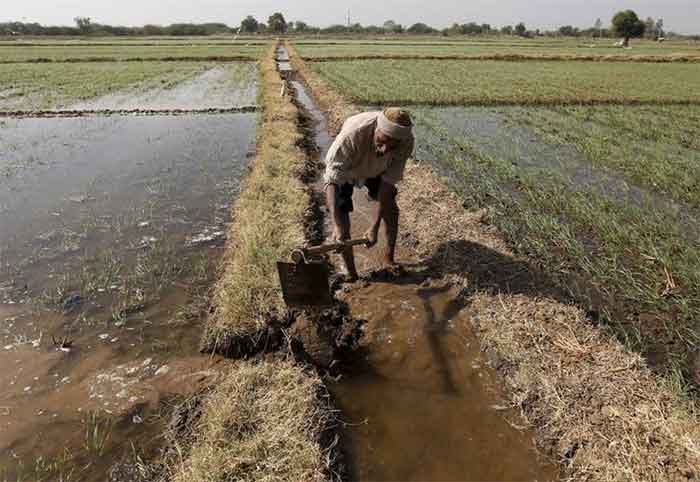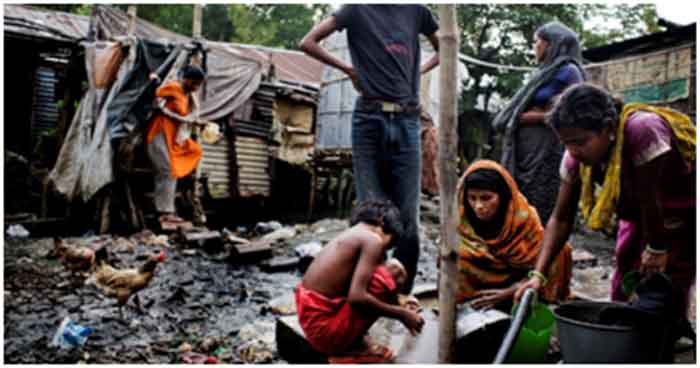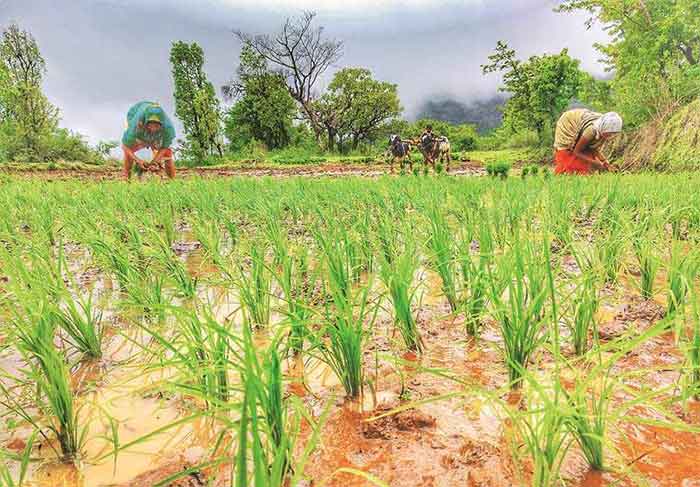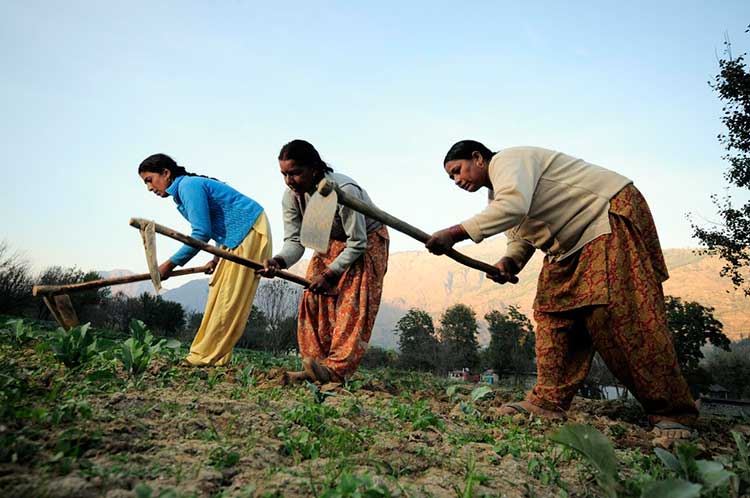
In recent times the government has been steadily going back on its commitment to land reforms in India. This is true of the union government as well as several state governments. This has been one of the most unfortunate aspects of development policy in India, leading to increase of inequality as well as reduction of possibilities of sustainable, ecologically protective, creative livelihoods as small farmers.
Unfortunately this going back of government commitments has taken place at a time when there are increasing pressures , partly but not entirely related to government policies, for loss of land among small farmers.
Thus what we see is a reversal of the original intentions of land reforms taken up initially in the post-independence period. The original intention was to strengthen the small farmer and to turn the landless into a small farmer by providing him some land. Now we have reached a situation where there is almost no land distribution for the landless and at the same time small and medium farmers are losing their land at a fast pace.
The reasons for small and medium farmers losing their land are many. Increasingly expensive technology was pushed on them, involving more exploitation and dependence, resulting in increasing possibilities of higher indebtedness. This proved even more harmful in times of climate change with its more erratic rainfall and weather patterns. Small farmers face more averse marketing conditions in several practical ways. The overall development model has moved in a direction which calls for very large-scale displacement of farmers and this is worsened by the government working in collusion with corporate interests and property developers in land-grabs.
In India according to the census of 2001 there were 127.3 million ( 1273 lakh) landowning farmers. According to 2011 census there were 118.7 million farmers. In other words in a decade’s time the number of landowning farmers in India decreased by 8.6 million ( 86 lakh). This works out to a decline of over 2300 farmers in a day or almost a hundred farmers every hour. This is a huge decline.
So what we urgently need are policy measures which will help more small and medium farmers to retain their livelihoods instead of facing more and more pressures to abandon their livelihood as small farmers.
This is one aspect of land reforms. The second aspect is that more landless households should get at least some cultivation land. At the very least their homestead rights should be strengthened and patches of kitchen gardens should also be available. Various creative possibilities of making available more land to them should be explored. After all the government is all the time helping more and more corporate interests to get more, so why it cannot find more land for the rural landless?
Some land for the rural landless households can be obtained on the basis of old and new land ceiling laws , as per the conditions obtaining in various states. Some land can be found for the landless by the government purchasing this land for them. The surplus land vesting with many institutions, or land not really needed by them for their stated purposes, should also be distributed among the landless.
There is a genuine concern that land not suitable for growing crops should not be used for this purpose, or else this will lead to more soil-erosion and will have longer-term adverse implications. Hence there can be schemes for regeneration of degraded grasslands and forests supported by government funds in which the landless can be involved. Initially they can get proper wages for work, but as they get rights ( with some conditions such as not for sale) over the land regenerated by them, later they will get more income from plentiful fodder and grasses, dairy and related work linked to this , as well as other non-timber farm produce, with some kitchen gardens also available for growing vegetables etc. In addition they can get some payment for looking after and maintaining the regenerated green area, at the level of the entire community perhaps.
However care should be taken not to confuse regeneration work with commercial plantations. Regeneration work should try to mimic natural local grasslands and forests as much as possible. The monocultures of commercial plantations should be completely avoided in such efforts.
Then there are other options also, but our main argument is that land can always be found for the landless if there is a strong political will for this.
Hence a combination of both these steps is needed. Firstly, sustainable livelihoods of small and medium farmers should be well-protected. Secondly, new sustainable livelihoods should be provided in farming and related work for the present day landless households.
All these small farmers should be encouraged to move towards social agro-ecology and the government should help in a big way for this. This implies that environment will be protected, cultivation costs for farmers will be very low, there will be very few purchased inputs and much more attention will be given to better utilization of local free resources, the organic content of soil will improve, there will be much less stress on water sources and much more mutual cooperation among farmers.
As the international situation stands today at world level there is likely to be availability of more funds for climate change mitigation and adaptation, and now , with the declaration of the UN Decade for Ecosystems Restoration, also for regeneration of degraded lands. All the work suggested here involves creation of more organic content of soil and more greenery, important for climate change mitigation. Hence apart from government funds, more funds may also be accessed internationally for this entire effort.
Various governments as well as opposition parties should be approached for securing more acceptability for such a program of land-reforms which also involves a meeting of the objectives of justice and environment protection. Various aspects can be tried out in several places. This should take the form of a sustained people’s campaign with continuity.
Bharat Dogra is a journalist and author. His recent books include Planet in Peril and Protecting Earth for Children.
















































